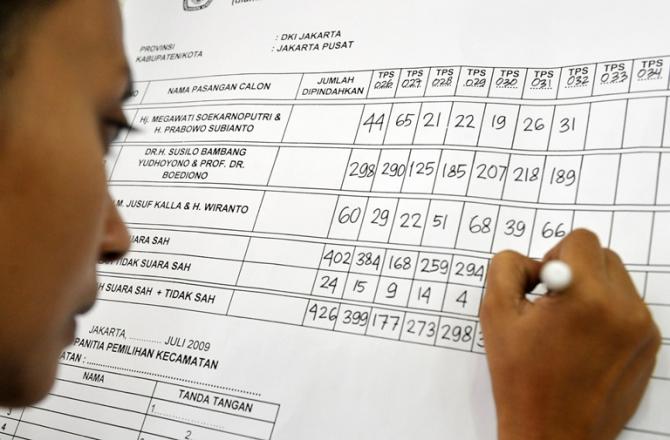
The quota method and the largest remainder method tend to benefit small parties. Political parties that are unable to garner votes equal to or more than the quota are also categorized as remaining votes. Therefore, it is not surprising that a political party that garners more votes than other parties may only obtain an equal number of seats, and this is why the quota and largest remainder methods tend to benefit small parties. However, to secure a seat in the House of Representatives, a political party must meet the voting threshold of 3.5 percent of the votes, hence the quota and largest remainder methods tend to maintain a large number of political parties participating in an election – unless, political parties that fail to meet the threshold are also obliged to go through the verification process again.
How to buy votes
What is the effect on the quality of elected members and women’s representation of determining winning candidates based on the plurality of votes? Several factors influence the answer to this question. If all political parties determine their party list based on strict and measurable criteria, then a candidate in first position would be the “best” candidate, the second candidate would be second best and so forth. The second factor relates to voting behavior. If voters tend to choose candidates at or near the top of the list, the elected candidates should be suitable according to the parties’ criteria and should also mean an increase in the number of women elected, or at least the same amount chosen in 2009. However, if voters don’t cast ballots for candidates at or near the top of the list, then winning candidates will not be the ones who met the parties’ criteria and the number of elected women will be lower than in 2009.
Of the two possibilities, the first is more likely. Voters will likely cast their votes for candidates at the top of the list not only because they are the “best” but also because voters avoid complicated means when they cast ballots. Choosing one among at least 36 candidate names in a constituency that has three seats, for example, is a difficult task for most voters.
What is the consequence of determining winning candidates based on the plurality of votes in terms of electoral malpractice, especially vote-buying? Determining winning candidates based on a plurality of votes with a constituency of between six and 10 seats creates opportunities for vote-buying. The formula provides two types of incentives for candidates and voters. First, votes become a tradable commodity: the candidates need votes to win, voters own the commodity and polling officials have the authority to sign voting documents and count results.







%20resized.png)
